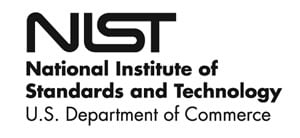RSS feed source: US Energy Information Administration
In-brief analysis
September 26, 2025
Growth in distributed solar generation capacity has driven growth in total electricity generation capacity in Brazil since 2019. Distributed solar generation capacity grew from less than 1 gigawatt (GW) in 2018 to 40 GW in 2025 through June, accounting for 43% of all electricity capacity additions over that period.
In 2012, Brazil implemented net metering policies, which have recently contributed to large increases in distributed solar generation capacity. Compared with distributed solar, utility-scale solar generating capacity at the end of June was only 17.9 GW, according to the Brazilian Electricity Regulatory Agency (ANEEL). As of June 30, 2025, total solar electric generating capacity in Brazil was 23% of the total electric generating capacity.
Home and building owners installed more than 3.7 million renewable distributed generation systems in Brazil as of June
Click this link to continue reading the article on the source website.

